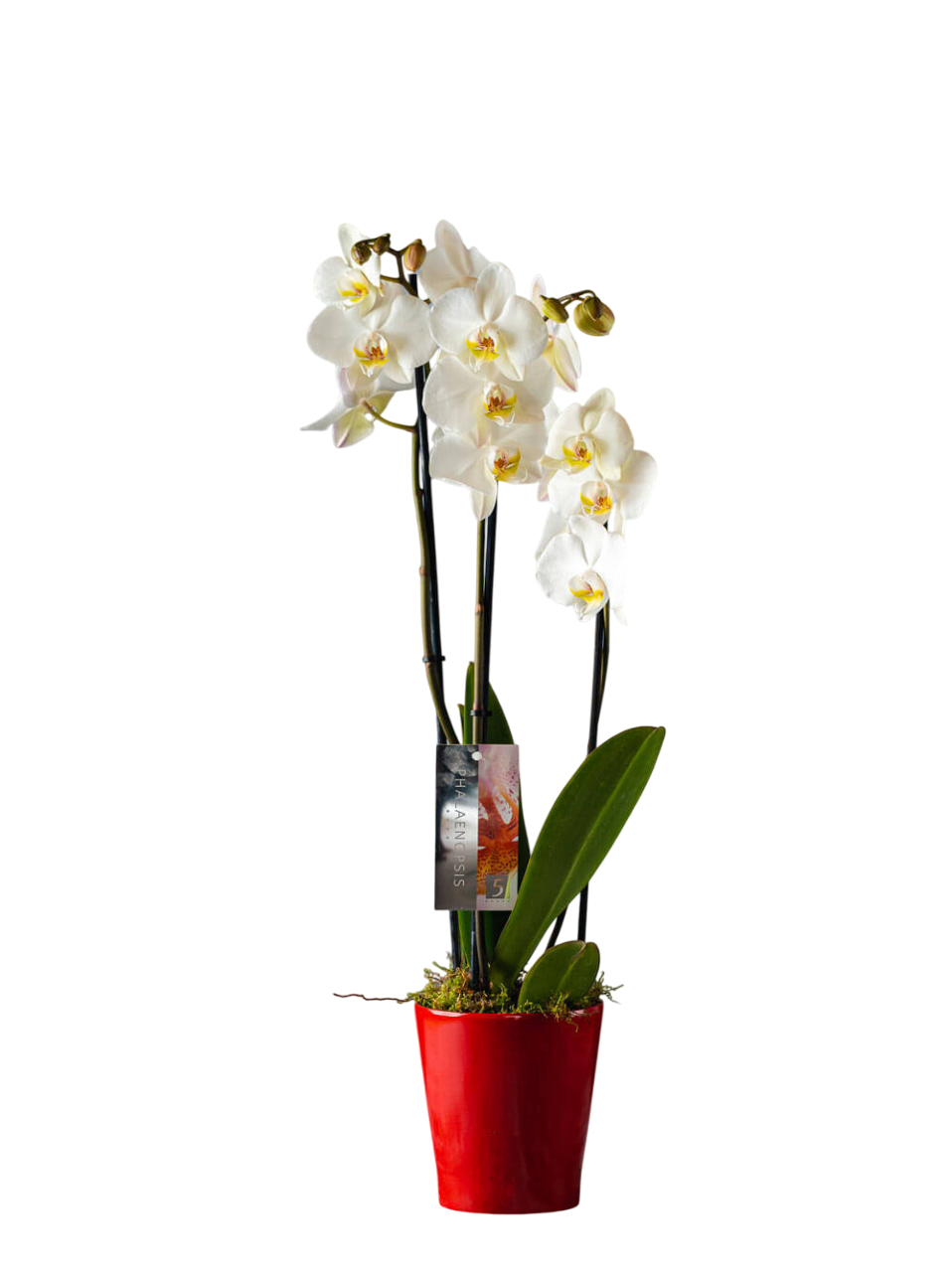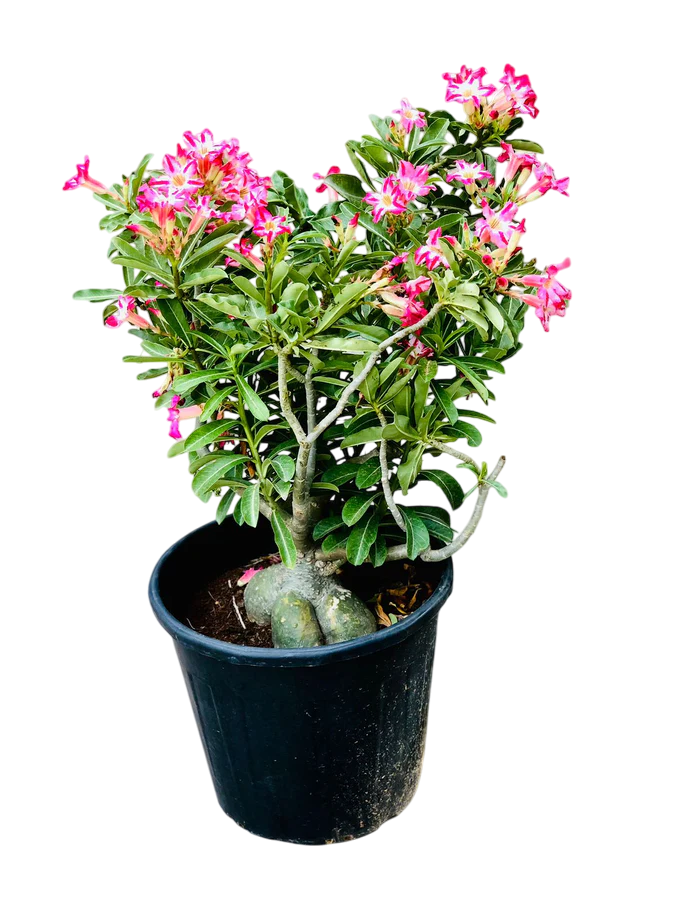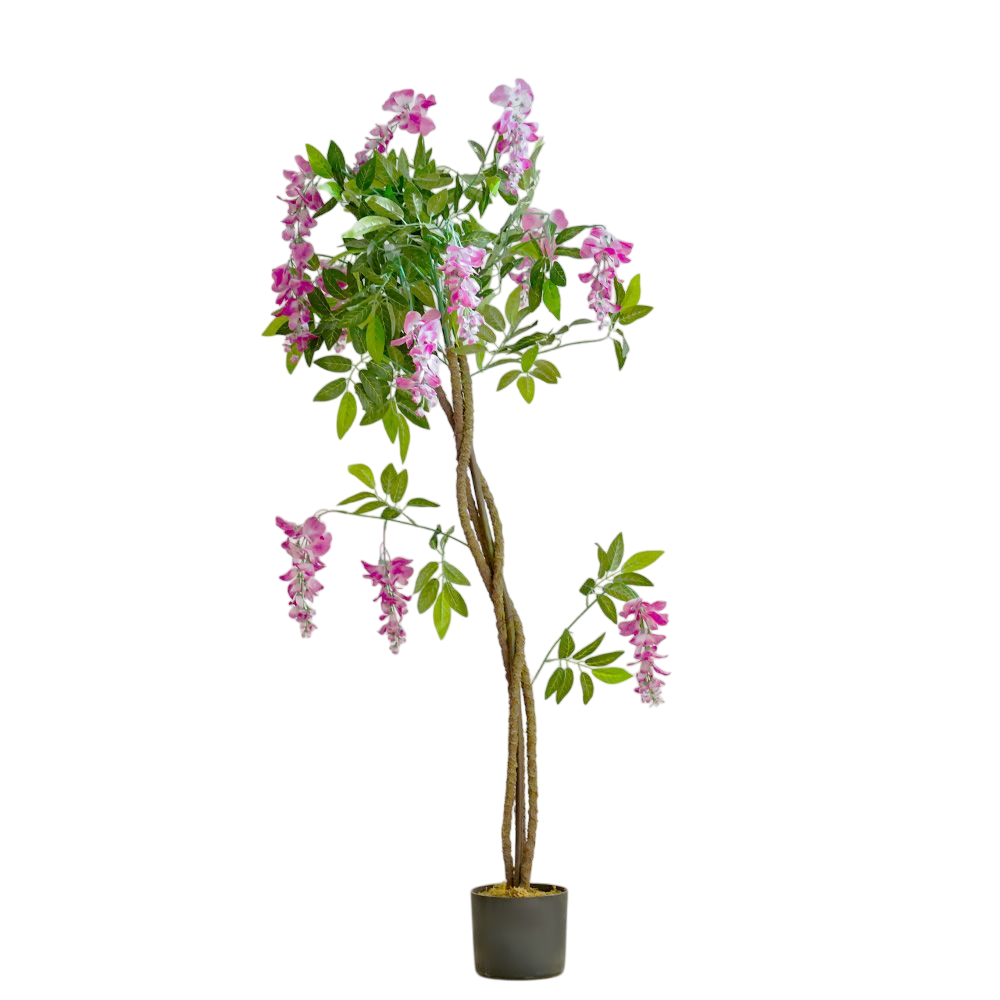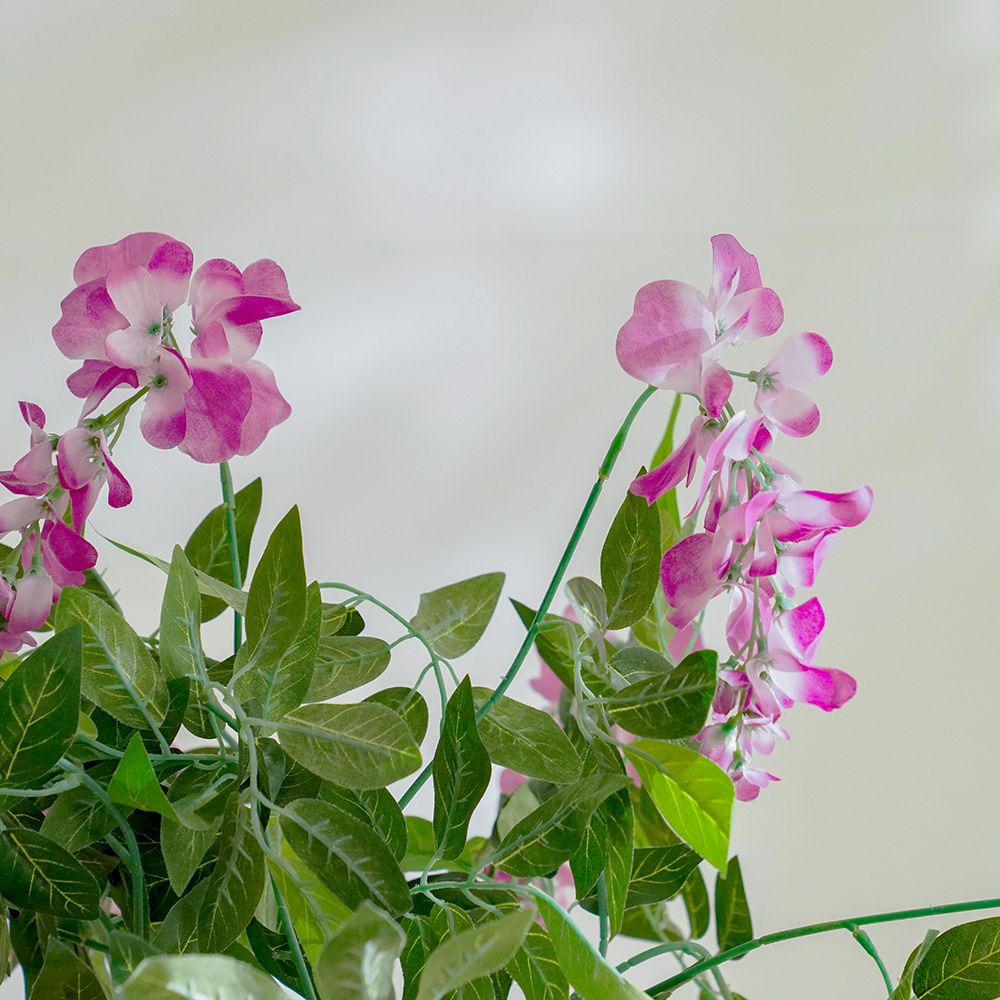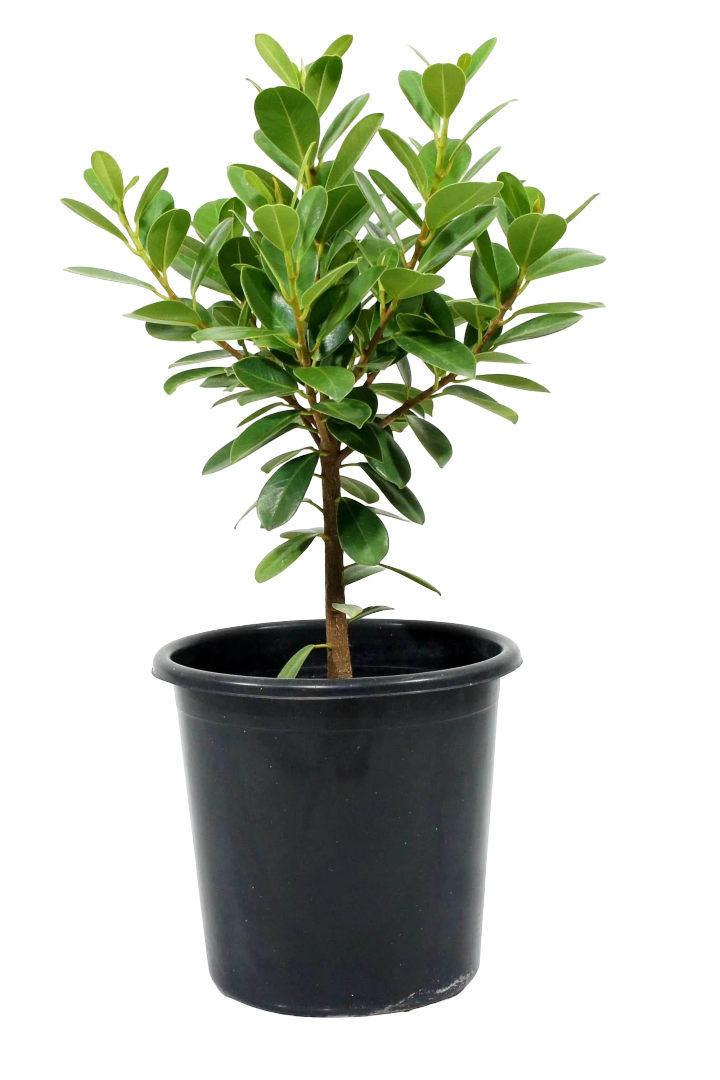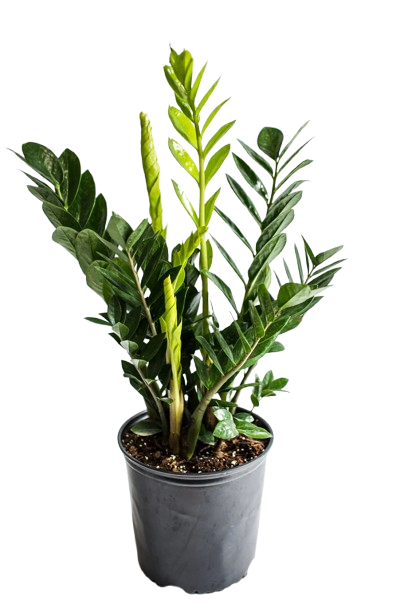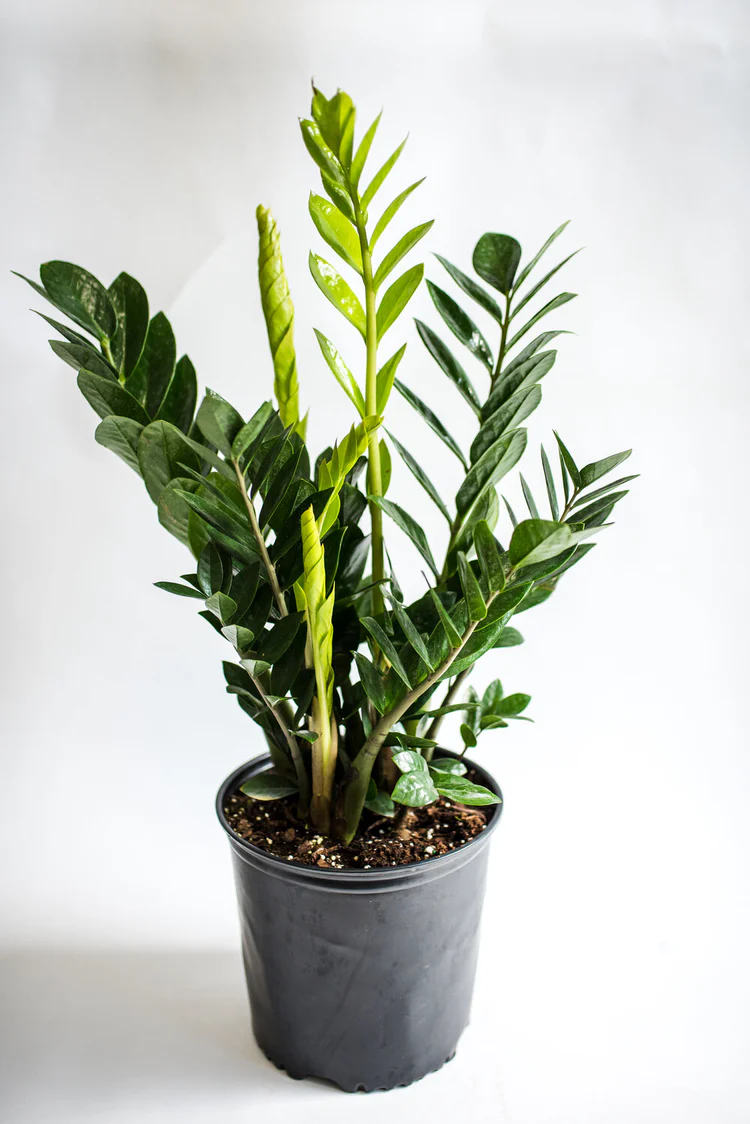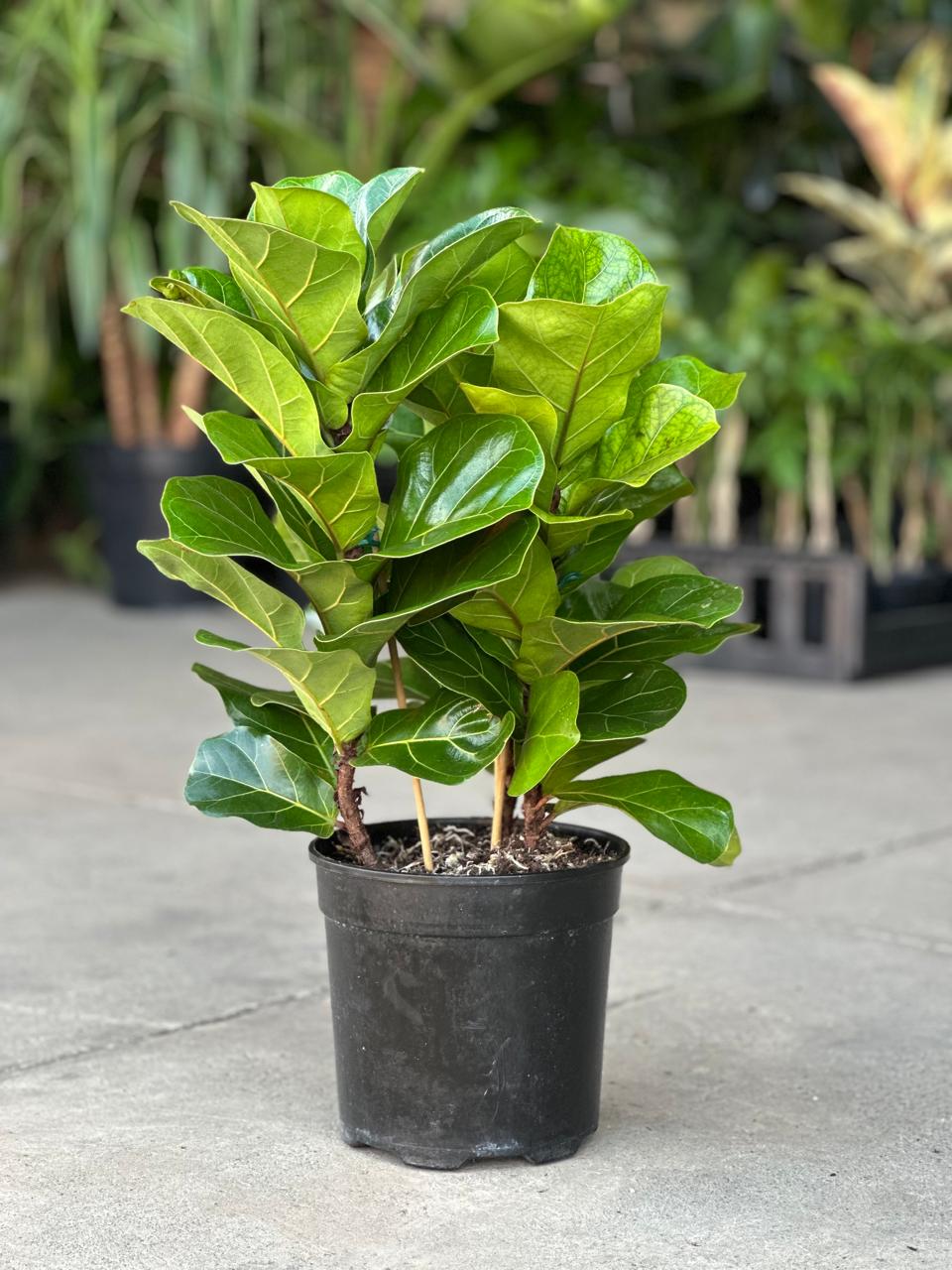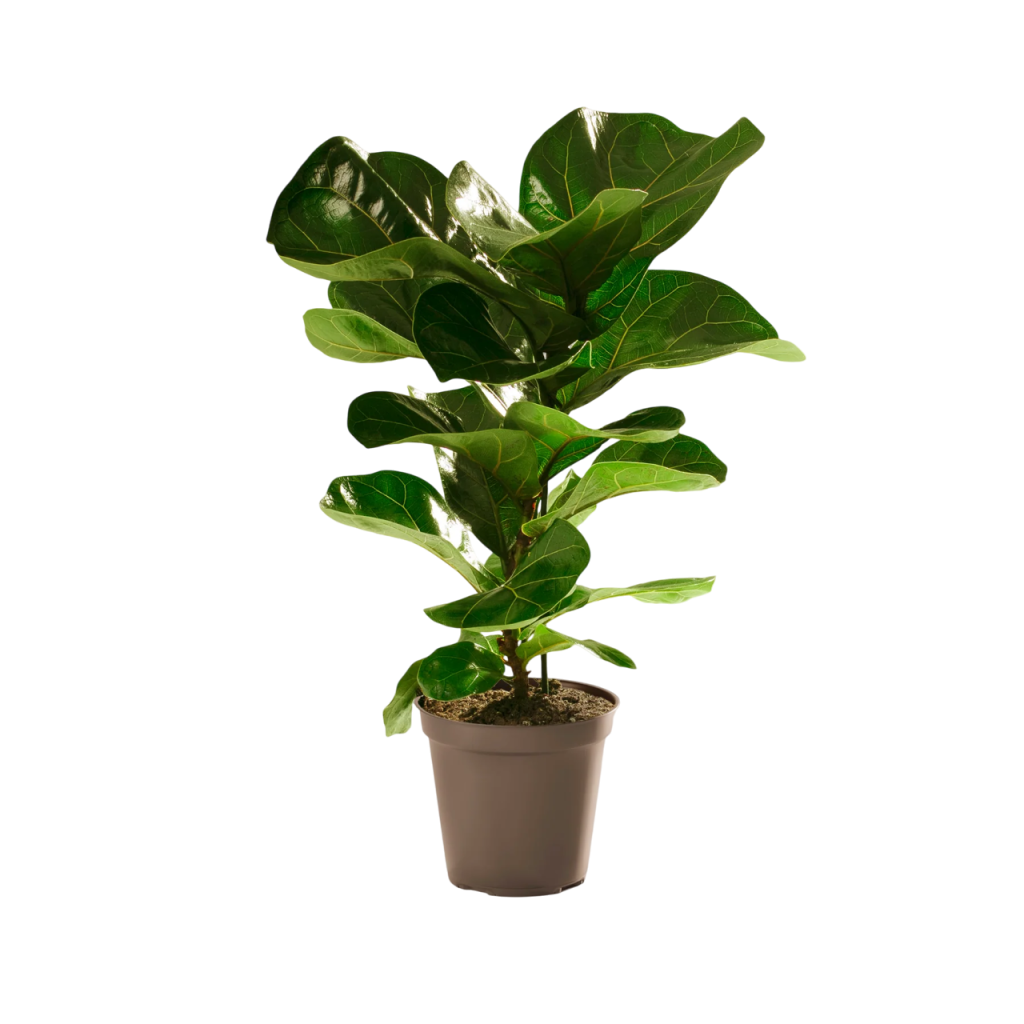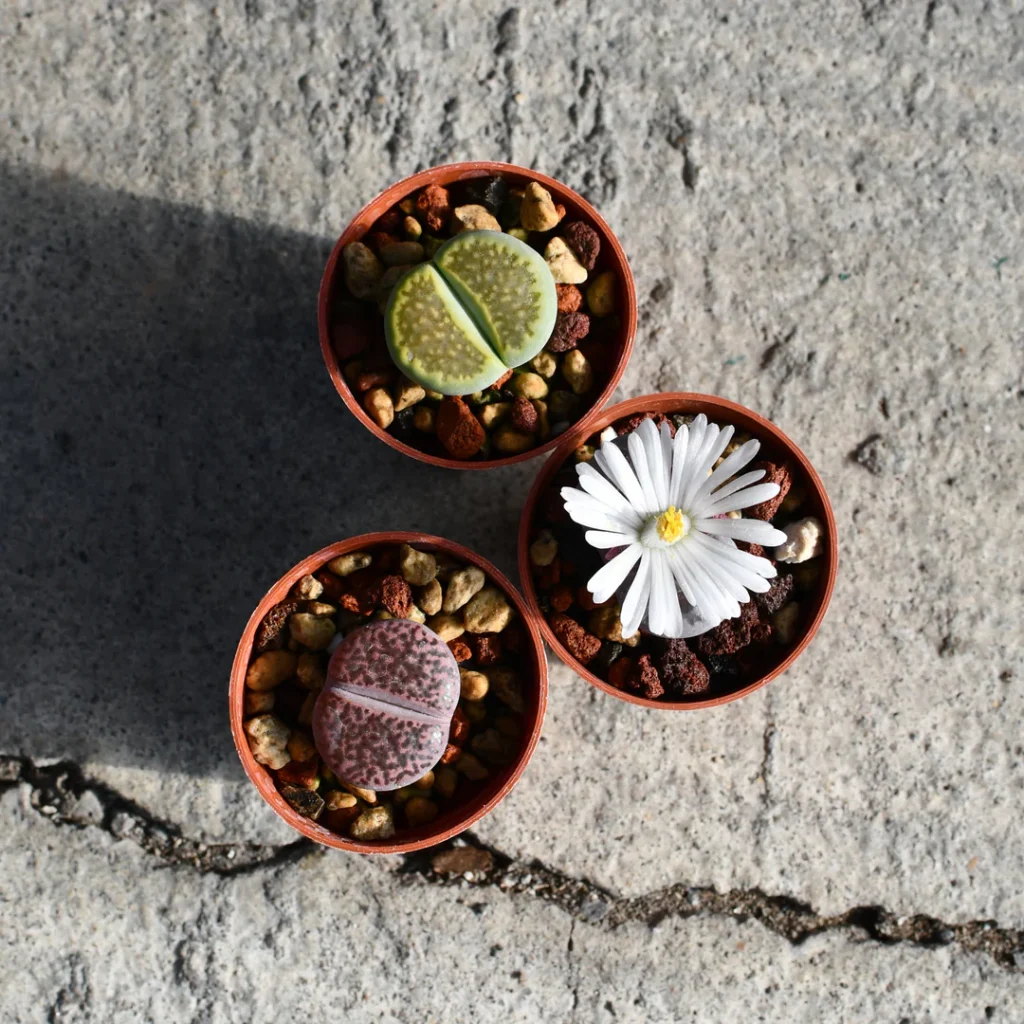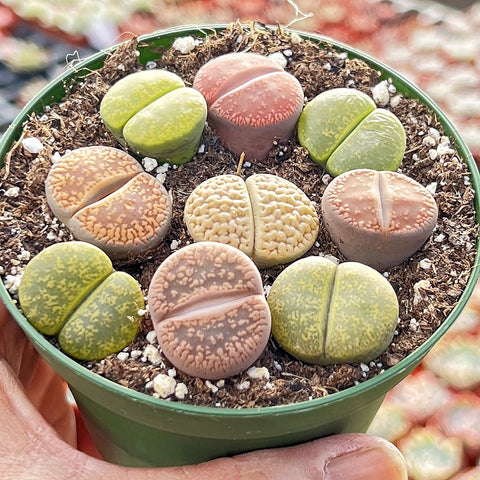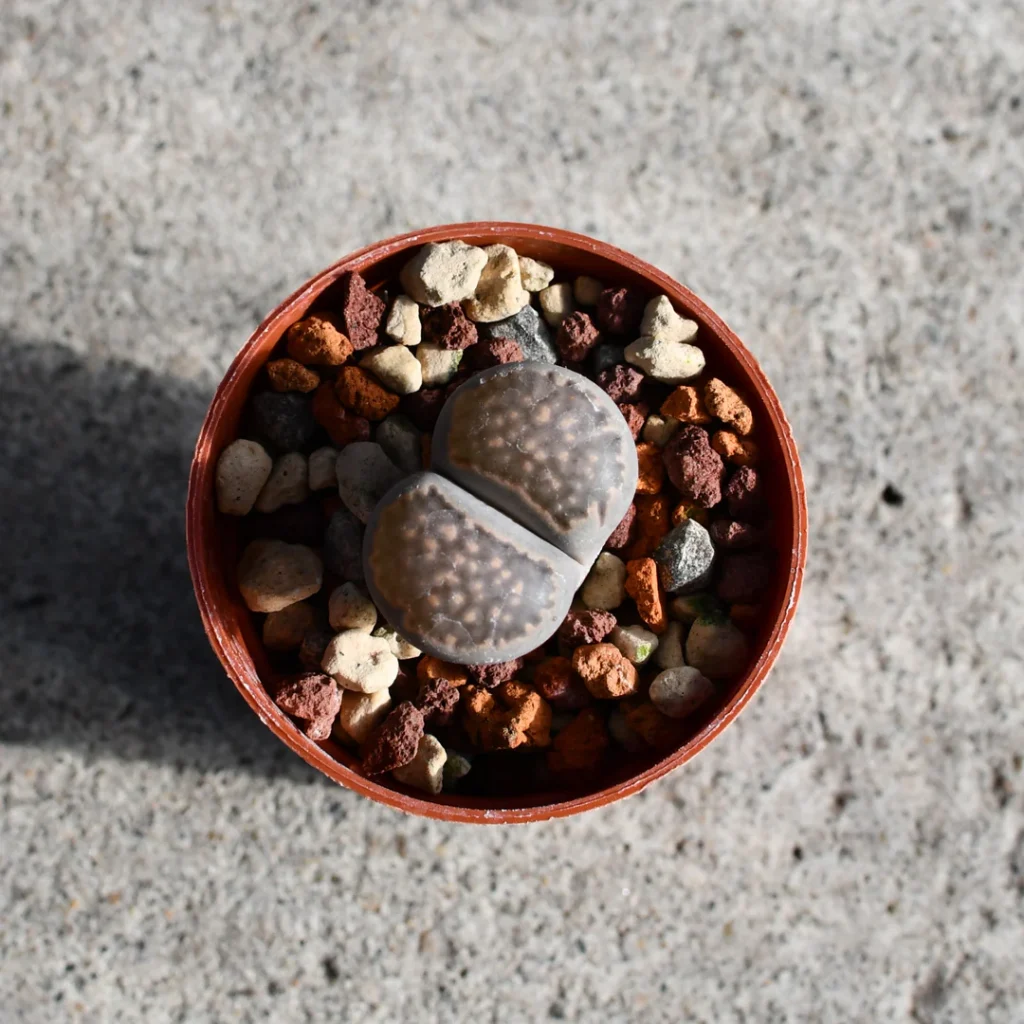Lithops plants: The Unique “Living Stones” Succulent
Lithops, often called “Living Stones,” are one of the most fascinating succulents you can grow. Native to the deserts of Southern Africa, they have evolved to mimic pebbles to survive extreme heat and grazing animals. Today, Lithops are beloved in Kenya as rare collector plants, perfect for indoor décor, mini succulent gardens, and low-maintenance plant lovers. Their compact size and unusual shape make them a striking addition to homes, desks, balconies, and gift arrangements.
Why Grow This Plant?
- Extremely low maintenance – needs very little water.
- Unique and decorative, enhancing modern and minimalist spaces.
- Perfect for small spaces, tabletops, and office desks.
- Long-living and slow-growing, making it a great investment plant.
- Produces beautiful daisy-like flowers once mature.
Cultural & Historical Significance
Lithops originate from Namibia, Botswana, and South Africa, where they blend naturally into rocky landscapes. Historically, indigenous communities recognized them as symbols of endurance and adaptation because they thrive in harsh desert climates. Their mimicry—appearing like stones—represents camouflage and survival, an idea often linked to resilience and inner strength in modern plant symbolism.
Ideal Growing Conditions in Kenya
- Light: Bright sunlight for at least 5–6 hours daily (windowsills, balconies, verandas).
- Temperature: Prefers warm climates of 18°C–32°C, suitable for Nairobi, Machakos, Naivasha, Nanyuki, and coastal areas if kept dry.
- Soil: Very well-draining sandy or cactus mix. Avoid moisture-retentive soils.
- Watering: Extremely minimal. Only water when leaves wrinkle and soil is completely dry.
- Position: Indoors near bright windows or outdoors in partial sun.
How to Plant Lithops
- Choose a small pot with drainage holes.
- Fill with cactus/succulent mix + pumice or coarse sand.
- Place the lithops gently on the soil surface (do not bury deeply).
- Water lightly once, then allow to fully dry.
- Place in bright, warm light and avoid watering again for several weeks.
Care Tips
- Water only when the plant begins to wrinkle—about every 3–6 weeks.
- Avoid watering during leaf-shedding season (when new leaves replace old ones).
- Do not mist; humidity causes rot.
- Use terracotta pots to encourage quick drying.
- Rotate pot occasionally to ensure balanced light exposure.
Pests & Diseases
- Root Rot: Caused by overwatering. Allow soil to dry completely.
- Mealybugs: Gently dab with cotton soaked in rubbing alcohol.
- Fungal Issues: Ensure good airflow and avoid wet soil.
Pet Safety
Lithops are non-toxic to cats and dogs, making them safe for homes with pets.
Growing in Containers
Lithops thrive in small pots, shallow bowls, rock gardens, glass decor bowls, and succulent dish arrangements. Ensure the container drains well and place in a sunny indoor spot or protected outdoor balcony.
Where to Buy Lithops in Kenya
Find healthy Lithops and stylish planters at: https://planters.co.ke. Nationwide delivery available.
Final Thoughts
Lithops are perfect for plant lovers who appreciate rare beauty with minimal maintenance. Their sculptural form, slow growth, and unique textures add character and elegance to any space—while requiring only gentle, thoughtful care.
Recent Posts
- Olea europaea ‘Arbequina’ Olive Tree in Kenya: A Compact, Fruit-Bearing Beauty
- Asplenium (Bird’s Nest Fern) : A Lush Tropical Indoor Favorite
- Lithops plants: The Unique “Living Stones” Succulent
- Azalea: A Burst of Color and Elegance for Kenyan Gardens
- Lavender : The Fragrant Herb of Calm, Beauty & Healing

